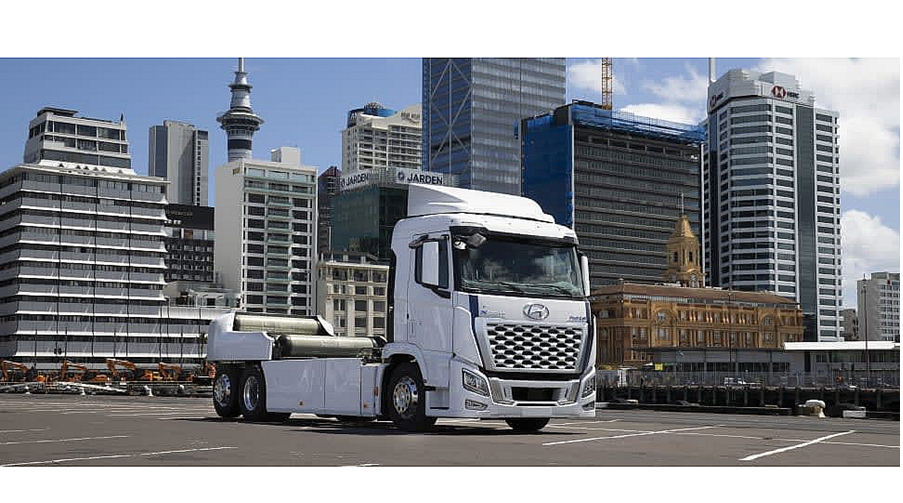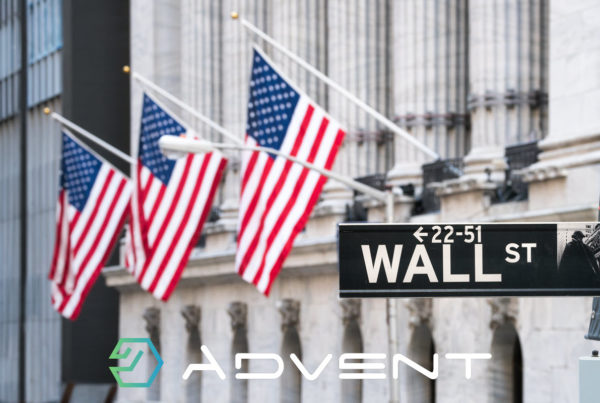
- As the first hydrogen-fuelled trucks enter the country, getting the right infrastructure in place is a delicate balance
Five hydrogen-powered fuel cell trucks are hitting the road to begin changing the face – and exhaust – of the country’s heavy freight network.
The first Hyundai Xcient truck arrived in December, but spent some months being converted to right-hand drive and getting paint and bodywork finished. It is expected to enter commercial service this month, and a second one is to follow in July.
The Hyundais will be followed by 20 Hyzon trucks, which are expected to be delivering cargo by early next year.
But while hydrogen energy in heavy transport may provide a valuable chance to offset an enormous amount of carbon emissions, the rigours of day-to-day truck use and the need for new hydrogen-based infrastructure mean its not an easy needle to thread.
According to Waka Kotahi’s national fleet numbers from Tuesday, there are 847,512 trucks, goods vans and utility vehicles in New Zealand, out of 5.6 million vehicles. Trucks themselves comprise just four percent of all vehicles.
However, they are responsible for more than a quarter of all vehicle emissions, putting out around 2.5 kg for every litre of diesel burned.
The heavy use and heavy emissions per vehicle means a little could go a long way when it comes to replacing diesel trucks.
Ryan McDonald is the head of new business at Hiringa Energy, a company behind the system of refuelling stations for hydrogen vehicles that is expected to come online towards the end of the year.
At the moment this means four stations, in Auckland, Hamilton, Tauranga and Palmerston North, but the long and narrow nature of the country means that these few stations cover a hefty percentage of the nation’s most important heavy freight routes.
“With 90 percent of freight travelling through these hubs, you can take a massive whack out of diesel emissions quite quickly,” McDonald said.
The chokepoints of New Zealand may be one of the reasons why hydrogen trucks are coming here before many larger markets such as Australia, China or the United States.
“It’s a bit more complex in Australia as you’ve got the main highways and the coastal highways – it’s a bit of a matrix and the US is the same,” McDonald said. “I think one of the reasons why NZ has been quick to adopt that is its long and narrow and it makes sense, it’s quick.”
As New Zealand was able to get a plan for a refuelling network up and running in a relatively short amount of time, it makes sense as a test market for the new technology, like the pilot scheme for Eftpos in the 1980s.
But McDonald hopes being an early adopter will arouse the interest of other hydrogen vehicle manufacturers, so growing demand isn’t hampered by supply constraints, as has been seen in the nascent EV market.
And while the electric chargers that battery electric cars require are becoming a more common sight across the country, even with Hiringa Energy and Waitomo helming a refuelling network, it seems chances to fuel up will still be fewer and farther between for the trucks.
Plans to build another 20 stations over the next five years will mitigate the issue, but for now, it is offset in part by the ability of the trucks to go a long way before needing to refuel. Vehicles in the Hyundai fleet can travel the distance of Auckland to Palmerston North before filling up.
Hence the amount of backing the new technology seems to be receiving from both the energy and vehicle manufacturing sector: it ticks boxes for heavy freight that the more well-known battery electric vehicles cannot.
For example, filling up takes 15 minutes – the same amount of time it takes to fill the truck’s tank with diesel.
Then there are the limited but growing ranges of standard battery electric vehicles. As the range grows, so does the battery. McDonald puts it at about an extra tonne of battery weight for every extra 100 km of range.
In the freight industry, where margins are tight and every kilogram counts, the weight of the truck remains an important number.
So trying out hydrogen might make sense at the moment for the trucking industry, but which way will the compass point for New Zealanders as a whole?
McDonald said it’s very hard to know if the future will be hydrogen or battery electric at this point, with two nascent industries in early days, used primarily by the early adopters who can afford them.
“It’s going to be a mix of both, but we don’t know where that mix is going to blend,” he said.
Speaking to RNZ earlier this week, Hyundai New Zealand general manager Andy Sinclair said he had the trucks, but needed the infrastructure before the whole system could really come to fruition.
He suggested government incentives, citing the significant rise in EV ownership following the clean car subsidies.
However, Sinclair expressed faith supply would follow demand – if freight companies were calling out for hydrogen somebody would come and sell it to them.
As Mark Jennings wrote for Newsroom, a limited secondhand market for EV vehicles has hampered choice within the market. This is expected to change over the next year as companies and organisations with EVs begin to renew their fleets.
As they don’t rely on second-hand machines, freight companies may not face this stumbling block.
The delicate balances of supply versus demand and setting up new roading infrastructure for an entirely new kind of vehicle make bringing in a hydrogen fleet a challenge, but with Hiringa Energy’s system already on its way, these trucks may be a viable option for the freight sector by early next year.
Source: Newsroom
Read the most up to date Fuel Cell and Hydrogen Industry news at FuelCellsWorks




